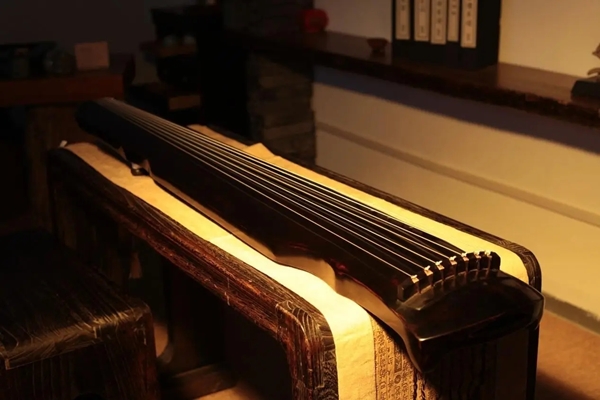The art of Guqin backing: a guide to all-round analysis and practical skills
Guqin, as one of the four famous traditional Chinese Guqin, carries profound cultural heritage and artistic value. For Guqin players, in addition to exquisite playing skills, the ability to recite music is also an important standard to measure their professional level. Mastering effective guqin backing skills can not only improve the fluency and accuracy of performance, but also deeply understand and feel the connotation and verve of guqin repertoire. Below, we will comprehensively analyze the art of guqin backing music from multiple angles, and provide some practical backing skills.

1. Understanding the meaning and structure of the music: Guqin songs often contain profound philosophy and emotion, and understanding the background story, theme and musical structure of each song is the first step to memorize the music. By analyzing the section division, melody direction, rhythm change and fingering characteristics of the repertoire, we can make the memory more profound, and then better grasp the context of the whole song.
2. Subdivision memory method: a complex guqin song is broken down into several bars, phrases or specific finger-segments for memorization, and then each part is organically connected in series. This method helps to reduce the stress of memorizing the entire song at once and improve the efficiency of memorization.
3. Repeated practice and memorization: Continuous repeated practice is the key to memorizing music, through countless finger touch strings, so that the brain and muscles form a conditioned memory. At the same time, I tried to recite the music without the piano and simulate the performance, so as to test and consolidate the memory results.
4. Image association and logical reasoning: transform the symbols and fingering on the guqin score into specific images or situations, and enhance the impression through associative memory. In addition, the use of the inherent logical relationships of the music, such as scale trends, melody cycles, etc., can help to memorize the music more quickly.
5. Segmented acceptance and complete exercise: In the process of reciting the score, the method of segmented acceptance is adopted to overcome the difficulties one by one, and then each paragraph is connected to the overall exercise. This approach helps to find and correct errors, while also building a complete track framework from successful splicing.
6. Regular review and consolidation: memorizing music is not a once-and-for-all process, and it is necessary to regularly review the tracks that have been memorized to prevent forgetting. Through periodic review, you can make the memory of guqin repertoire more firm, ready to respond to various occasions.
In short, guqin backing is not only a skill, but also a manifestation of artistic accomplishment. Every Guqin learner needs to continuously improve his/her ability to recite music through the combination of theory and practice, so as to better interpret the soul of music and convey the classical beauty in the process of playing guqin.
 渝公网安备 50010702504639号
渝公网安备 50010702504639号